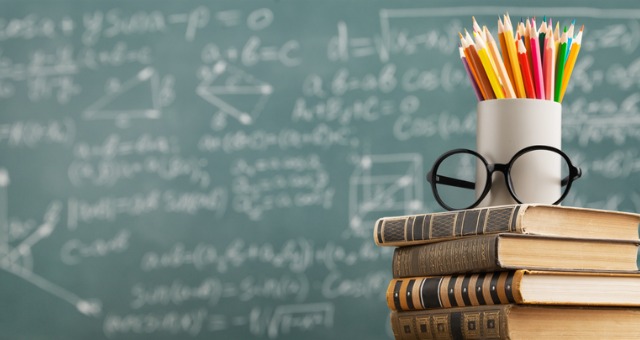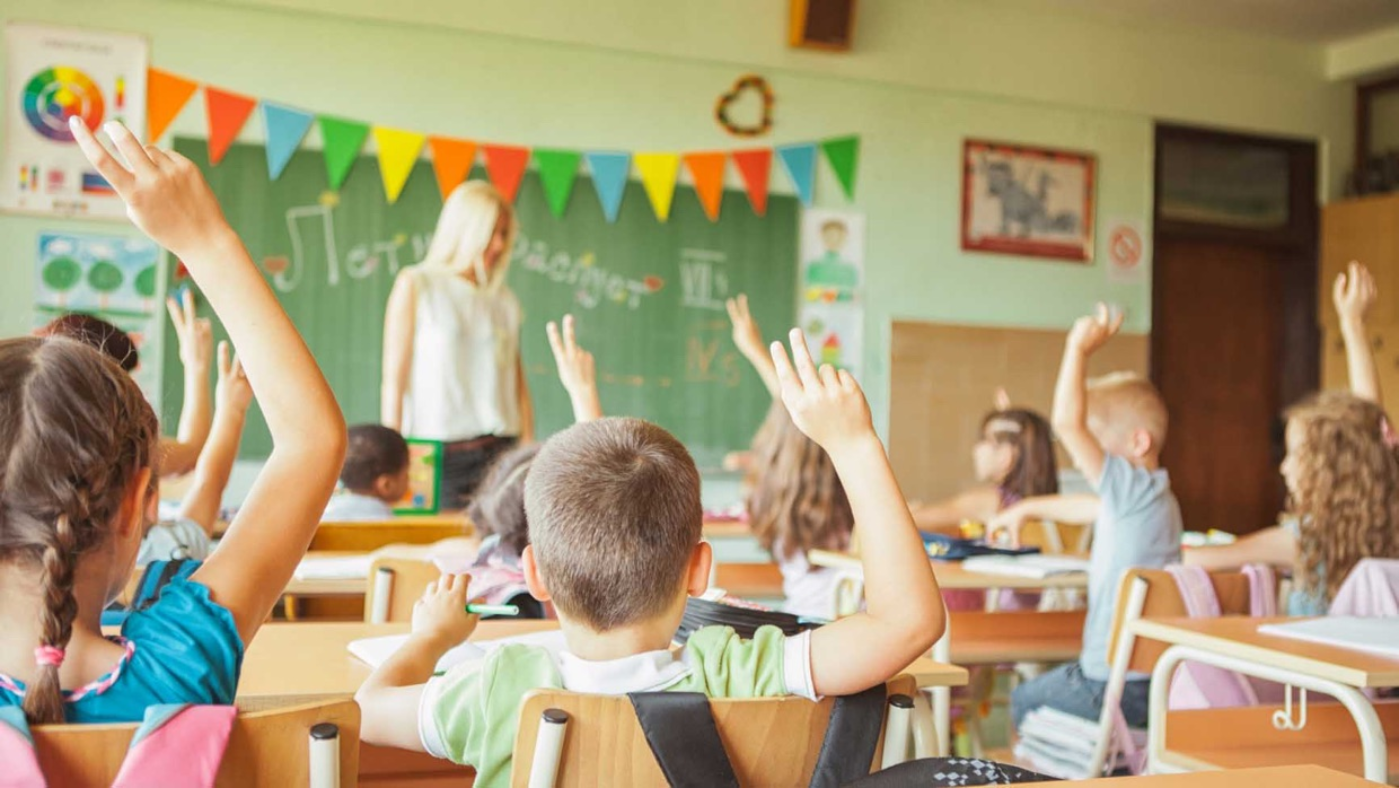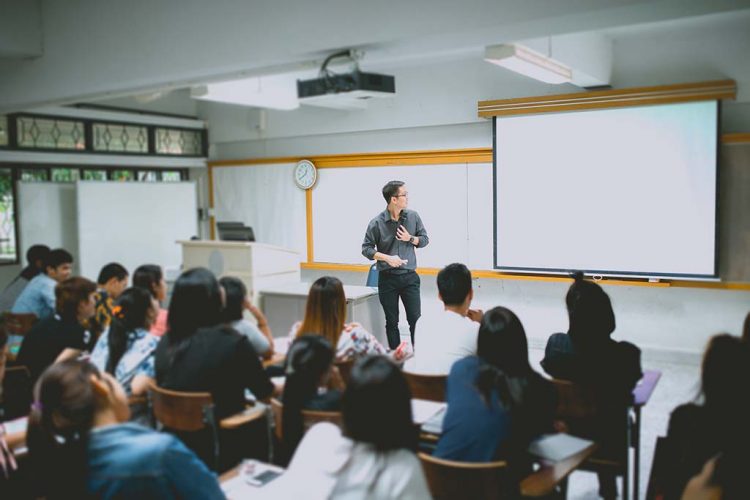Enroll in Primary Science Tuition Singapore for a Strong Science Foundation
Wiki Article
Checking Out the Various Teaching Methods in Primary Science Education And Learning Today
The landscape of primary scientific research education is developing, with various mentor strategies acquiring prominence in contemporary class. Inquiry-based understanding, hands-on experiments, and the assimilation of innovation are redefining exactly how educators involve young minds. Additionally, collective strategies and distinguished instruction are being used to satisfy the varied needs of pupils, improving both interaction and understanding. As we examine these methodologies, inquiries develop regarding their efficiency and the ramifications for future educational techniques. What might these changes in technique mean for the future generation of learners?Inquiry-Based Understanding
Inquiry-Based Understanding (IBL) is a pedagogical strategy that encourages pupils to check out scientific ideas via doubting, examination, and hands-on testing. This approach stresses the role of students as energetic individuals in their learning, promoting vital thinking and analytic skills. By involving with real-world concerns, pupils become interested and determined, which enhances their understanding of scientific principles.In IBL, teachers serve as facilitators, assisting trainees as they browse their questions instead than delivering info straight. This student-centered technique permits distinction, accommodating different discovering rates and designs. Pupils create abilities in formulating hypotheses, developing experiments, and examining information, which are important for scientific literacy.
Furthermore, IBL promotes partnership amongst trainees, motivating them to share findings and ideas. This collective inquiry promotes social skills and a sense of neighborhood within the classroom. The process of questions urges durability, as trainees learn to welcome failing as a stepping stone towards understanding.
Hands-On Experiments
Hands-on experiments are a crucial element of effective scientific research education, complementing the concepts of inquiry-based discovering. These experiments enable students to engage directly with scientific principles, promoting a much deeper understanding with experiential knowing. By adjusting products and observing outcomes, young students can comprehend abstract theories in tangible means.Such activities promote crucial reasoning and analytic abilities, as trainees assume end results, conduct experiments, and analyze outcomes. This process urges them to ask concerns, refine their understanding, and create a scientific state of mind. Additionally, hands-on experiments can be customized to diverse discovering designs, guaranteeing that all students have the chance to involve meaningfully with the content.
Additionally, hands-on experiments frequently urge partnership amongst peers, promoting teamwork and communication skills. Working in teams makes it possible for pupils to share ideas, talk about searchings for, and pick up from one an additional, which improves their general instructional experience.
Incorporating hands-on experiments into the primary science curriculum not only enhances the discovering atmosphere however additionally grows a long-lasting passion in scientific research. By actively joining their education, trainees are most likely to develop a passion for scientific query that prolongs past the classroom.

Technology Combination
Integrating modern technology right into key scientific research education and learning has ended up being increasingly vital in promoting pupil involvement and enhancing finding out end results. The usage of electronic tools, such as interactive simulations, virtual labs, and academic software, offers pupils with chances to discover scientific ideas in ingenious methods. These resources facilitate a much deeper understanding of complicated topics by allowing students to picture and control variables that would be not practical in a typical class setup.In addition, innovation combination encourages individualized discovering experiences. Students can proceed at their own pace, taking another look at difficult concepts via multimedia sources, which satisfy different understanding styles. This adaptability not just supports individual development however additionally grows a sense of freedom in students.
Furthermore, technology functions as a bridge to real-world science, attaching trainees with existing research study and expert payments. Access to scientific journals and on-line databases widens students' viewpoints on scientific questions and fosters critical believing abilities.
Collaborative Knowing
Collective understanding plays a vital role in key science education and learning by promoting team effort and interaction abilities amongst pupils. This method motivates students to collaborate, share understanding, and take part in analytic, which enhances their understanding of scientific concepts. By taking part in team tasks, students learn to verbalize their ideas, listen to varied viewpoints, and negotiate solutions, all of which are necessary abilities in both real-world and academic contexts.
Research study indicates that joint knowing can bring about enhanced inspiration and involvement in science topics, as students discover satisfaction in shared experiences (primary science tuition Singapore). In addition, this approach prepares trainees for future joint endeavors, furnishing them with the abilities required for efficient synergy in college and professional atmospheres. Inevitably, embracing collective understanding in primary science education and learning can significantly enhance the understanding experience and promote a deeper understanding of scientific query
Differentiated Direction

Separated guideline can show up in numerous means, such as differing the web content, procedures, or items of discovering. For example, instructors may use tiered assignments that give differing degrees of complexity, allowing students to operate at their respective preparedness degrees. In addition, adaptable organizing methods can assist in partnership amongst trainees with different abilities, fostering peer learning.
Assessment plays a critical role in this approach, as it informs instruction and aids instructors comprehend each trainee's one-of-a-kind demands. Developmental assessments, such as quizzes and monitorings, useful reference can direct educators in changing their strategies to boost discovering end results. primary science tuition Singapore. Inevitably, by executing set apart instruction in primary science education, teachers can grow a more effective and fair discovering environment, equipping all pupils to reach their full capacity in recognizing scientific sensations
Verdict
In summary, the diverse training approaches in main scientific research education and learning, including inquiry-based knowing, hands-on experiments, modern technology integration, collective discovering, and differentiated direction, jointly add to a more efficient discovering setting. These methods promote vital look at more info reasoning, analytic skills, and a deeper comprehension of scientific concepts. By executing these methods, instructors can develop supportive and engaging classrooms that deal with the different requirements of trainees, inevitably fostering a lifelong interest in science and improving academic accomplishment.Inquiry-Based Discovering (IBL) is an instructional strategy that encourages students to explore scientific concepts through questioning, investigation, and hands-on testing.Joint learning plays an essential duty in key science education by promoting synergy and interaction skills among trainees.Research indicates that joint discovering can lead to enhanced inspiration and interaction in scientific research topics, as students find pleasure in shared experiences.In cultivating a comprehensive knowing environment, set apart direction emerges as a vital method to accommodate the varied needs and capacities of trainees in key scientific research education. Inevitably, by carrying out differentiated direction in primary scientific research education, teachers can grow a more efficient and fair knowing setting, equipping all pupils to reach their full capacity in understanding scientific sensations.
Report this wiki page